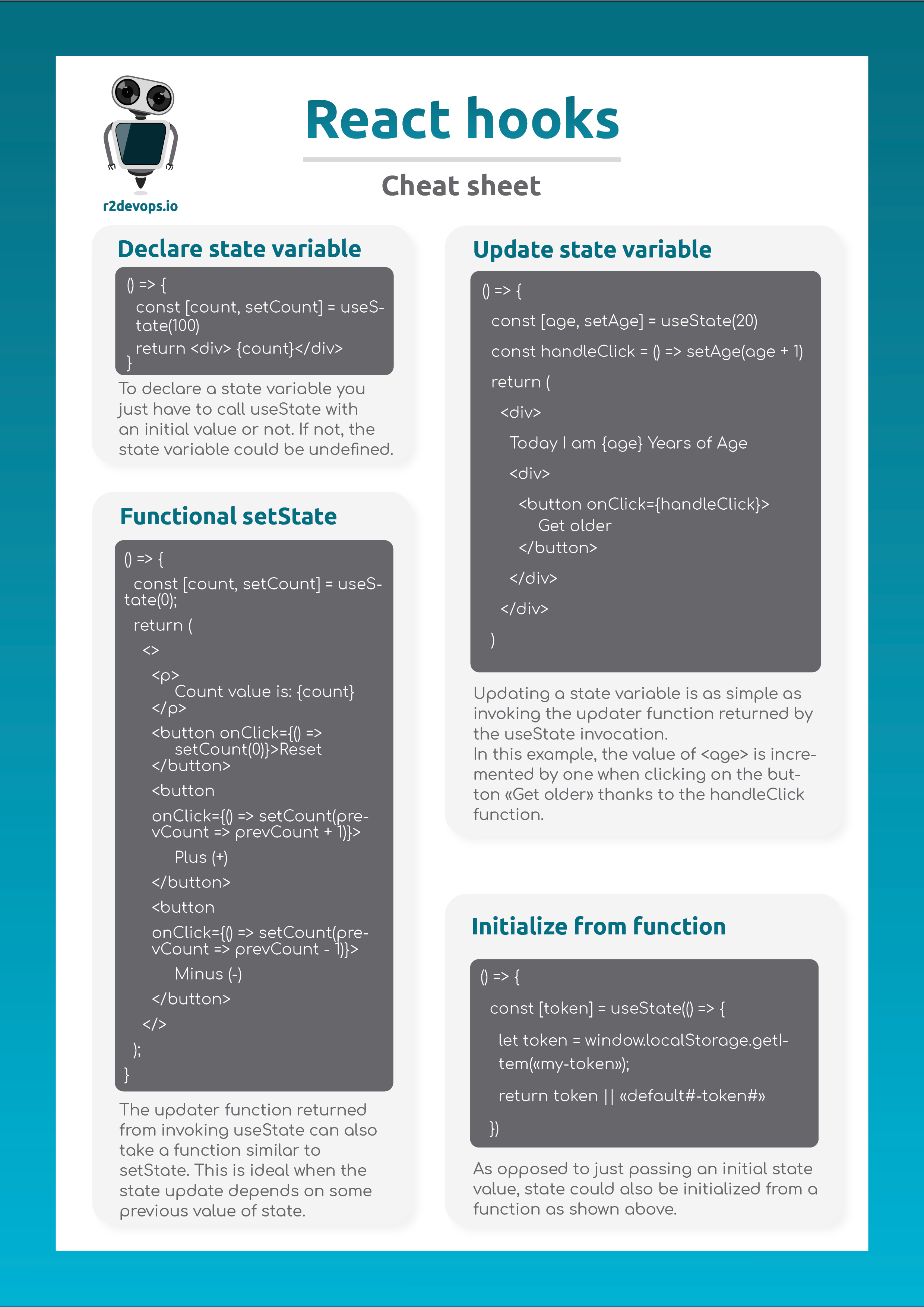Never reinvent the wheel again in your CI/CD
Tired of reinventing the wheel every time you start a new project? R2Devops not only puts an end to this tiresome cycle but also transforms the way your developers interact with and reuse code within your organization.
🤯 The CI/CD experience
❌ Without R2Devops:
In the pre-R2Devops era, developers often scoured various sources, from existing projects to the vast expanses of the internet, in search of code snippets and configurations. This scattered approach led to inconsistency, wasted time, and the risk of incorporating suboptimal solutions.
✅ With R2Devops:
Your developers experience a paradigm shift. Templates become the backbone of your inner source culture. Imagine a centralized catalog of pre-approved, company-specific templates that developers can easily access. The days of searching the internet or project repositories are over.




